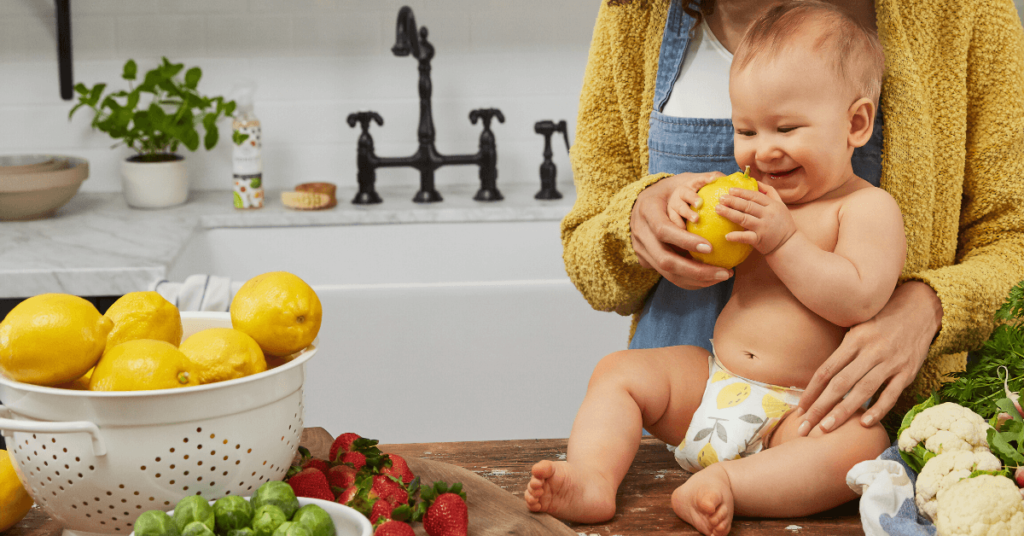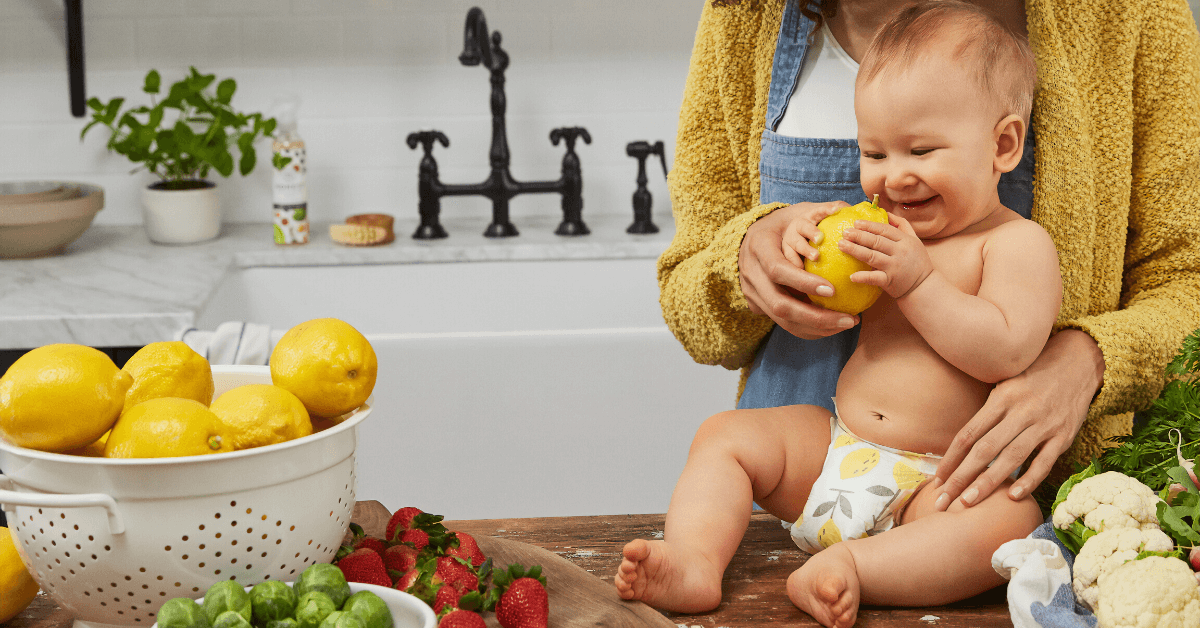Don’t let mince pies, mashed potatoes and stuffing be the death of a year of working hard in the gym and eating healthy foods.
With decadent meals, braais, parties and other food-filled affairs coming up in December, it can be pretty tough to maintain a healthy eating plan and fitness routine. And we get it. Not everyone can turn down the Christmas pudding or that second cocktail at the pool on a sunny day. And why should you? You deserve it, right?
We aren’t here to tell you to say no to every delicious temptation you are faced with these holidays, because in our honest opinion, a holiday of dieting doesn’t sound like any fun at all. And yeah, you do deserve the dessert!
The trick is to learn how to indulge the right way, and more importantly when to say no. It’s planning your days a little better so that you don’t feel like you want to eat half the turkey come dinner time. When it comes to exercising, there are expert hacks you can learn that will help you fit in some quick workouts.
So, fret not our fine fitness and health-living friends, we are here to help you (and your body) survive the festive season and avoid having to set unrealistic New Year’s resolutions centred around weight loss and hours on the treadmill.
1. Plan your days
Meal plans and exercise routines tend to fall away in the holidays and are taken over by unplanned and over catered dinners and lazy afternoons.
But there is a way you can stop yourself from falling victim to the endless late-night dinners and lack of exercise. And how you do this is by planning ahead.
For example, if you know you have a big family dinner coming up tomorrow night. Make sure you stick to wholesome and healthy meals for breakfast and lunch so that you don’t overindulge yourself at dinner. Don’t skip lunch because you know dinner will be a big meal, this is a recipe for an overeating disaster.
Our exercising hack is to wake up early while everyone is still sleeping to get in a quick morning jog, yoga session or workout. This will free up your day for any unexpected plans and leave you feeling energised and stress-free for the rest of the day!
Exercising during the holidays is a productive way to stay healthy and burn off those extra calories from the Christmas pudding. Plus, you start the new year on a healthy and fit note!
2. Don’t forget to drink water
This might seem like an obvious one, but it is something many of us forget to do.
Drinking water is important for a number of reasons. For one, our brains tend to confuse thirst with hunger. So, before you dish up seconds, try drinking a big glass of water.
In fact, you should aim to drink at least 2 glasses of water before each meal. This will leave you feeling fuller.
With sugary drinks and cocktails flowing (here’s a great read on cocktail choices for your health), it’s also particularly important that you drink loads of water to compensate for the alcohol intake and to try and incorporate fibre rich snacks such as nuts and avos to also keep you fuller for longer.
While you’re here, have a look at this blog on how to boost your metabolism.
3. Know when to say no
We get that your aunt or grandma might be incredibly pushy when it comes to everyone having a second slice of her homemade apple pie. But you need to learn to say no.
Now, we aren’t saying you should restrict yourself or feel guilty over eating some dessert. Not at all. Have that slice of pie, eat it and enjoy every bite of it! But you don’t need that second slice.
4. Try to fit in quick exercises
If you can’t make it to your gym, then you can try to incorporate HIIT (high-intensity interval training) or bodyweight exercises at home. There is a wide range of workout videos on YouTube that will help you get in a quick workout of 10 to 30 minutes. Remember, every little bit counts.
5. Keep burning calories as much as you can
One of the simplest holiday health hacks is to keep moving. Go for a walk with your family on the beach, play fetch with your dog, go for a hike, take the stairs at the shopping mall or pop 10 squats the next time you are in the bathroom.
6. Research some healthier recipes for holiday classics
If you have to bring a meal for the festive feast, why not make it a healthy one? There are a ton of healthy takes on classic holiday meals that are just as delicious and much better for your health.
We have put together 3 healthy holiday meals right here for you to take a look at.

7. Relax
With all the shopping, socialising and parties, it can be hard to find some time to kick back and relax. You need to do your best to limit your stress. You can do this by saying ‘no’ to a few parties or just taking some time out for yourself. You deserve it.
8. Be kind to yourself
It’s been a long year and you have worked really hard to get where you are now. Take a step back and spend some time writing down everything you accomplished this year. It can be as simple as running a 5km or as big as a promotion. Reward yourself for a job well done.
This is also a great time to set your goals for the new year.
From all of us at WellBe, happy holidays!







